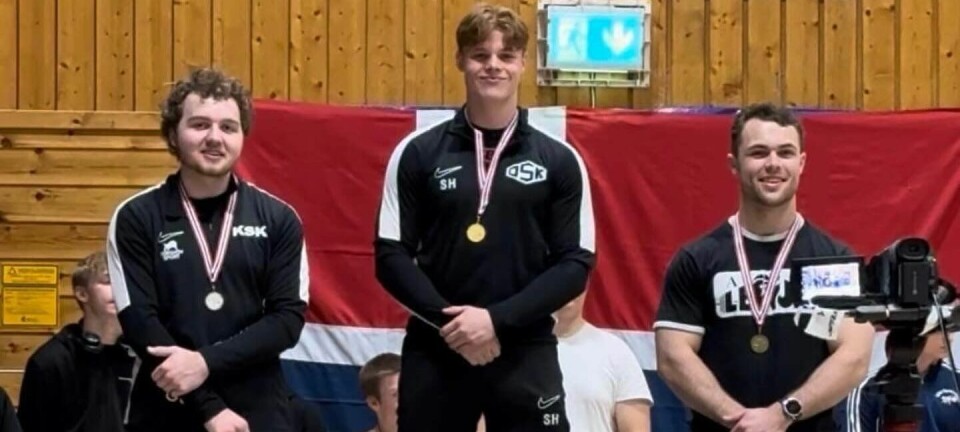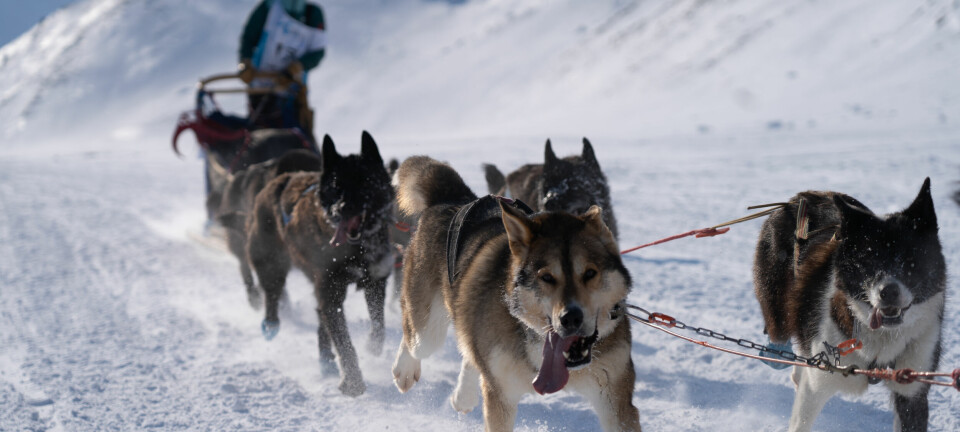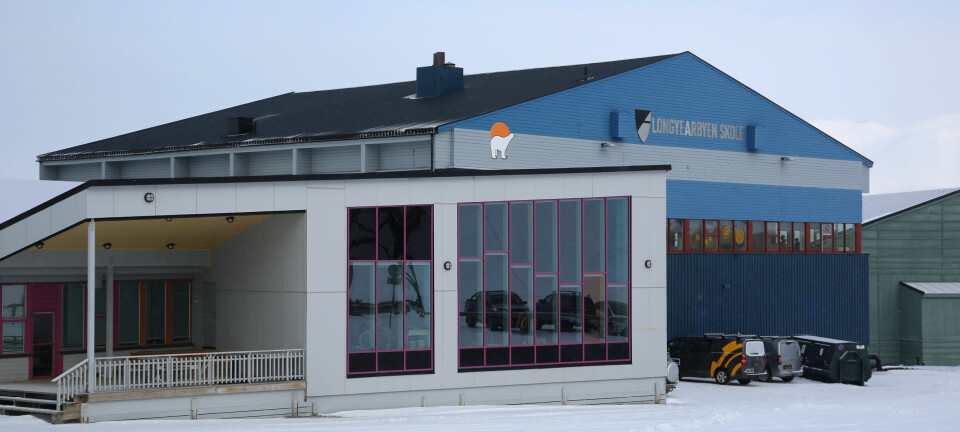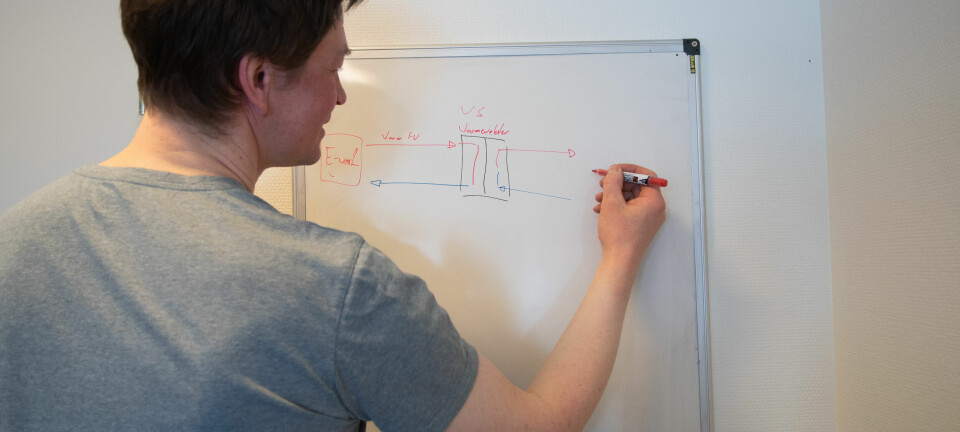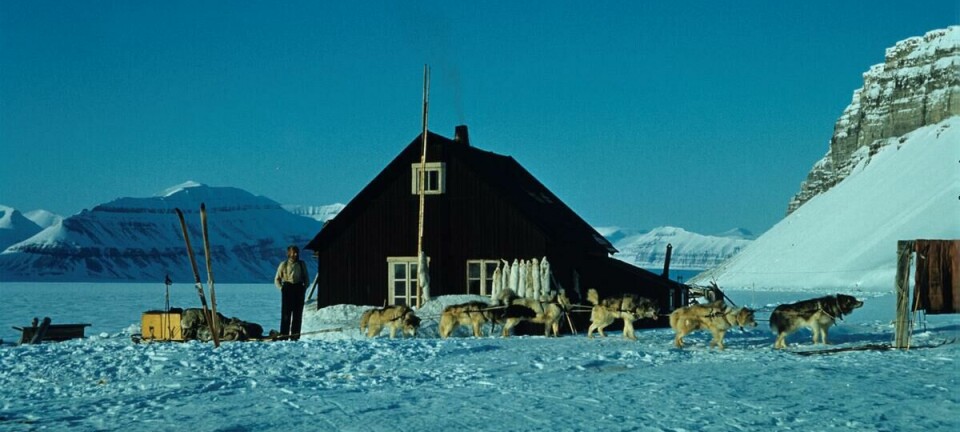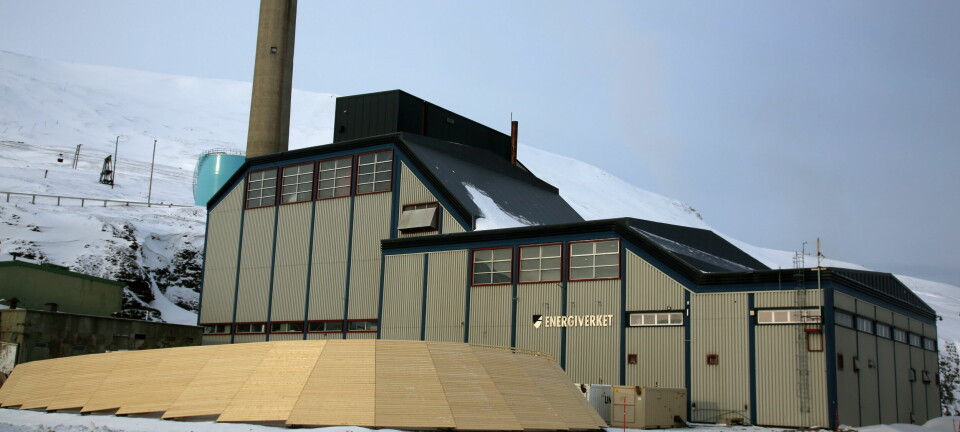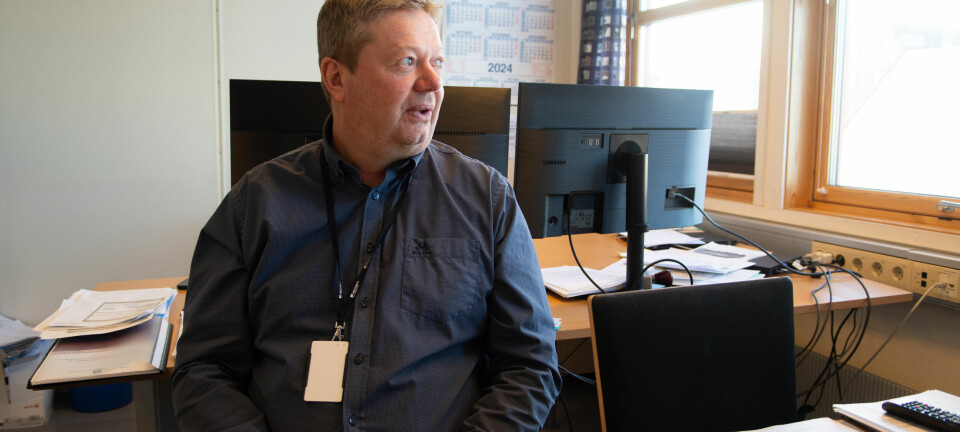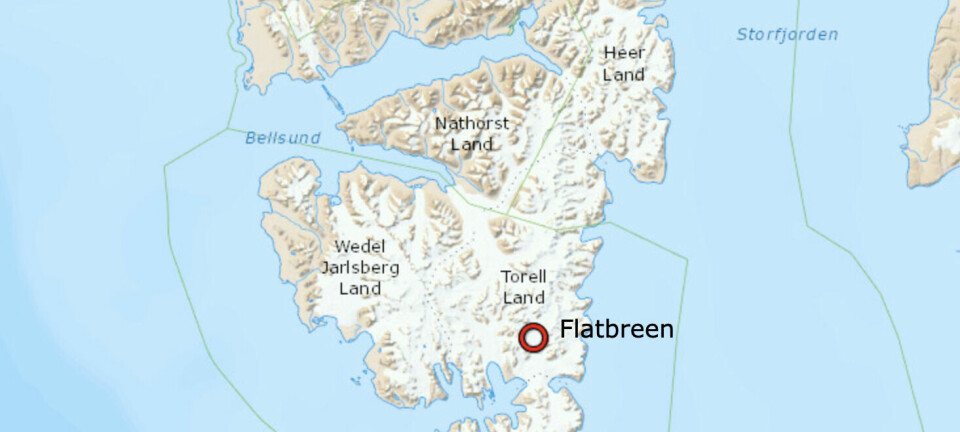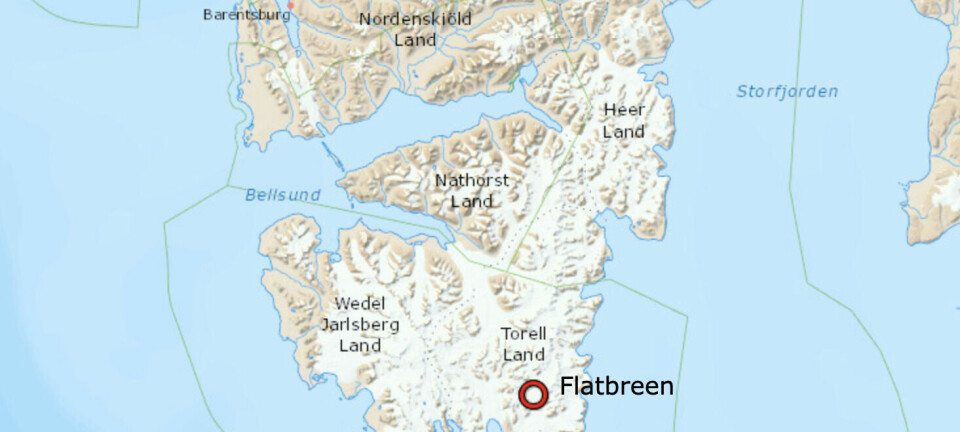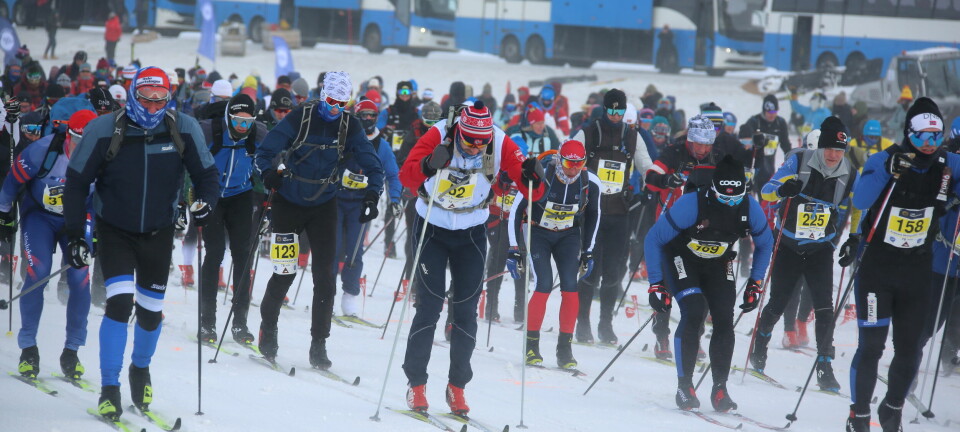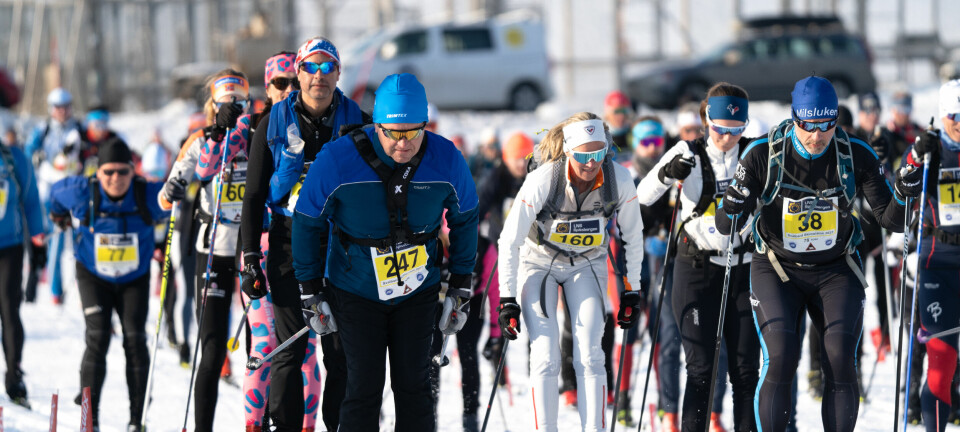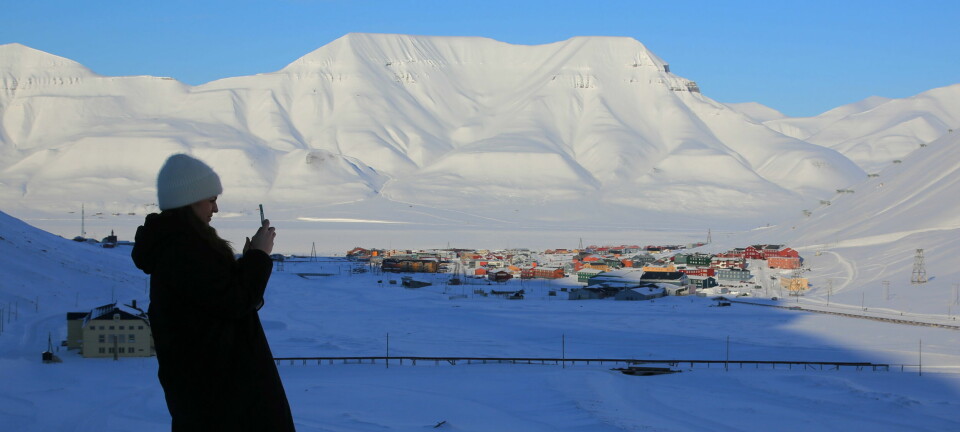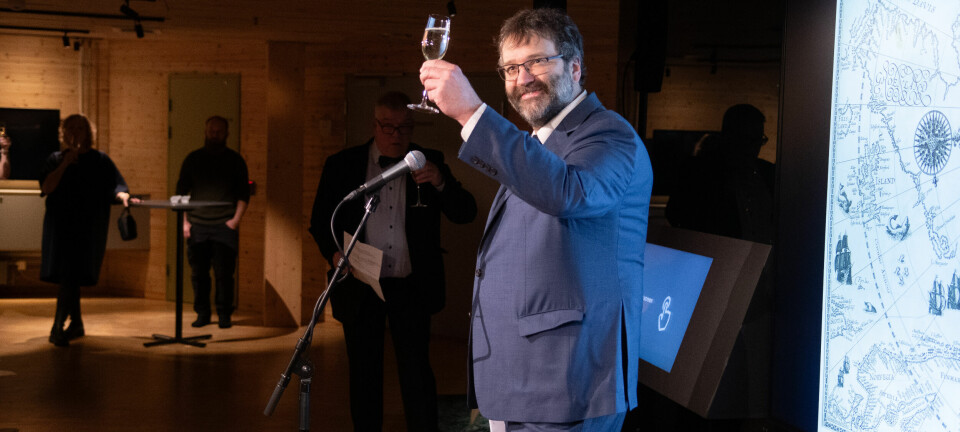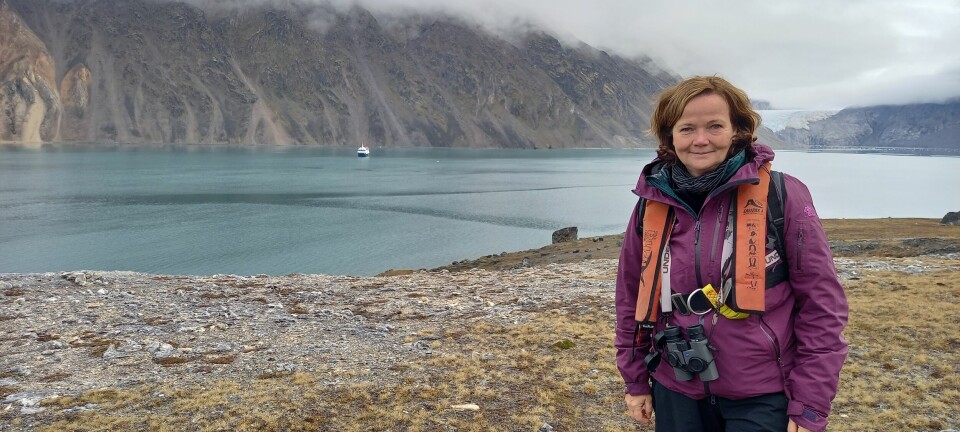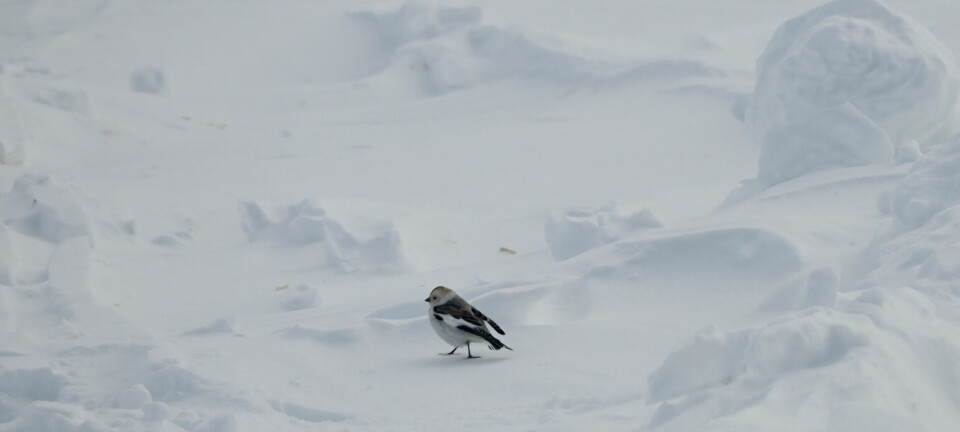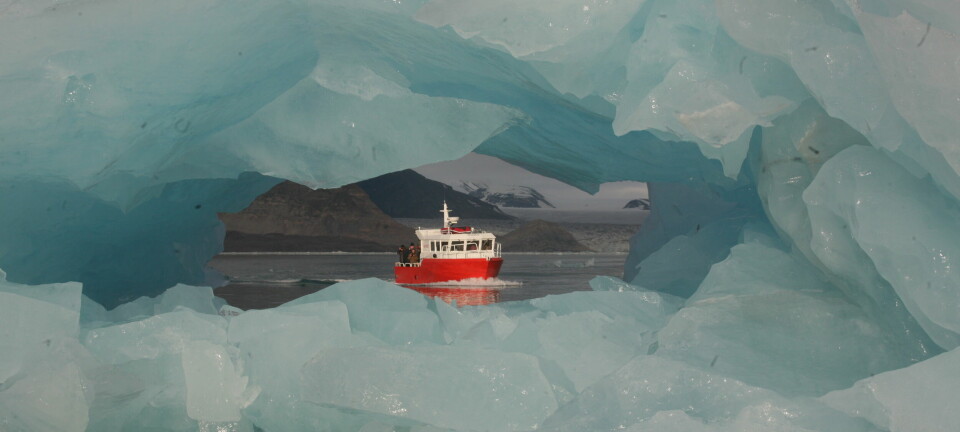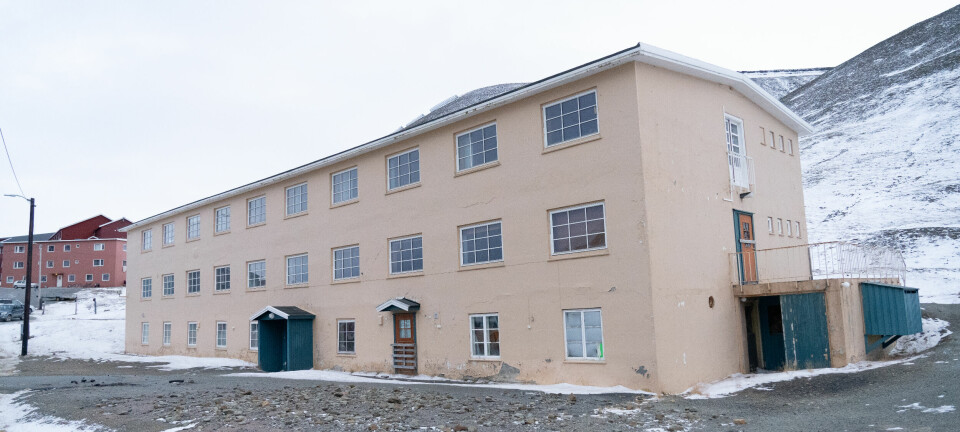Leserinnlegg:
Polar bear Murder on the New Year night!
Artikkelforfatteren Nikita Ovsyanikov er en russisk zoolog og lege i biologiske vitenskaper, og spesialiserer seg på dyreoppførsel og atferdsøkologi. Siden 1977 har han utført arktisk forskning på atferden og økologien til arktiske rever, og isbjørnens oppførsel. Han mener det var feil å avlive isbjørnen og at det heller må gis opplæring i bruk av isbjørn-pepperspray. Les hans artikkel på engelsk her:
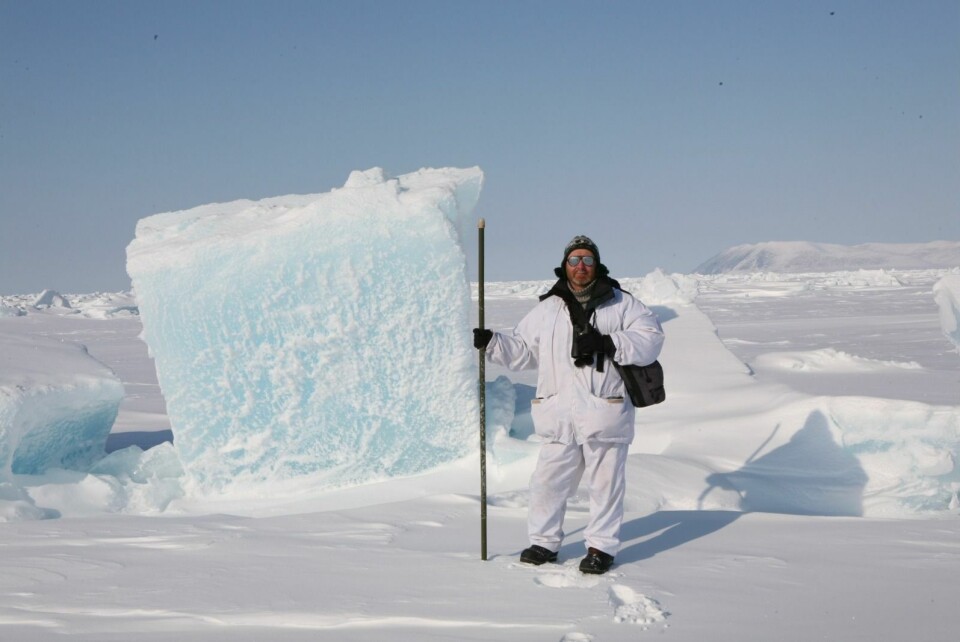
New Year feast in Longyearbyen, Svalbard has turned out to be no good for an unfortunate polar bear – a 7 year-old healthy male, whose only “sin” was his curiosity and interest in food containers in the town.
The bear has been shot dead by Sysselmannen officials in 10 kilometers from the town only few hours after New Year midnight. It's a symbolic start of the year 2020 indeed – a new decade of rapidly progressing Global Warming, when environmental changes are imposing more challenges to surviving polar bears, exposed at the same time to escalating extermination by humans. This happened in Svalbard, which is advertised to the world as the place of proper Arctic eco-tourism and the land of good polar bear watching, where polar bears are well protected.
This murder not only symbolizes how human cynicism, ignorance and egocentrism are threatening the species, but also how much we should strengthen our efforts to protect the bears.
People’s response to this murder was immediate and direct – comments and articles appeared in FB and Media on the same day. It is good that people do not remain silent about such crimes against animals. Unjustified killing of animals protected by law is a crime. So, the question whether or not this killing was justified is critical. It is important also to understand why it happened - how the situation was really developing, what motivated the decision, and what should be done to prevent such cases in the future. By now I know more details of the case and can give my comments.
A sequence of events led to the murder
The killed bear identified as a 7 year-old male has been known as a “frequent visitor” to Longyearbyen before. He was first sedated in Longyearbyen and relocated to Kinnvika in April 2016, after several visits to the town. Jon Aars – a scientist from Norwegian Polar Institute (Tromsö) supervising polar bear mark-recapture and collaring program in Svalbard, - assisted in relocating the bear at that time by performing the sedation. The bear had previous experience of visiting the town and being captured by scientists.
Now, right before this New Year, this same bear was first discovered walking from Kroa to Coop (very center of the town) early morning December 26, around 5 AM. The bear then was chased by various devices – helicopter, cars and snowmobiles to Colesbay (several kilometers west of town). The bear was tracked back through the town passing schoolyard, skating court, kindergarten, garbage containers and some other facilities.
He was spotted again on the 28th outside of Huset, in the early morning, while searching around garbage containers. Then again chased to Colesbay with helicopter and snowmobile.
On December 29th, the bear was roaming in Bjørndalen (several kilometers south-west from the town in the mountains) – he was spotted by people staying at some of the cabins in the valley. Again chased by helicopter and lost out of sight (!).
At last, he was spotted just after midnight on New Year’s Eve (during the most intense fireworks) about 500 m from IGP (the snowmobile rental terminal – near the sea shore, straight across the tundra from the UNIS University and Museum building), heading towards the upper street and the center of the town. Helicopter and snowmobiles chased the bear to Hiorthamn (opposite side of Adventfjorden, eastern) and along the shore up into a mountain valley to Hanaskogdalen (more than 10 km from the town !!!), where it was shot dead at 04 in the morning of January 1st of 2020.
The reasons for such a decision were announced by Sysselmannen as lack of personnel, lack of staff to sedate, and also concern of the security of the citizens. Notice how it was formulated: “The bear, a seven-year-old male, was killed because it was impossible for officials to be fully aware of the bear’s location due to the 24-hour dark of polar night and the personnel able to tranquilize it so it could be flown by helicopter to remote area were away for the Christmas holidays, Gov. Kjerstin Askholt said in a prepared statement”. (Cited by: http://icepeople.net/2020/01/01/as-usual-shooting-of-polar-bear-on-new-years-sparks-outrage-at-governors-decision-to-kill-animal-and-the-presence-of-humanstourists-in-svalbard/)
It is a truly impressive confession of inability to ensure the survival of potentially any polar bear appearing in the surroundings of LYR during most time of year under the existing “safety concept”. Because in this landscape, and with frequent fogs and limited visibility even in the summer time it may be “… impossible for officials to be fully aware of the bear’s location”.
By analyzing all available details, photos and video clips with this bear in the town, watching his reaction to cars, it is perfectly clear that there was no aggression from the side of the bear, only curiosity and interest in food containers. The bear was also sensitively responding to movements of vehicles – he showed the normal reactions of a cautious bear, a bear that would be easy to drive away with the right procedures. He was repeatedly, but in fact not too frequently – only on December 26, 28 and then January 1st - coming into town because of attractions - food available in containers. But he was not properly chased away. The scaring procedures were not adequate - chasing by snowmobiles, even by helicopters, is of course a disturbance, but in most cases, after the bear quickly learns what it means for him, it is not perceived as a real threat any longer, only as something temporarily bothering, something to escape and deviate from. If food is at stake, polar bears normally are very persistent. But there are effective non-lethal procedures to drive them away in any case.
In Rirkaipyi, a small native village on the north coast of Chukotka, where human population and “resources” for managing encounters with polar bears are incomparably less than in Longyearbyen, and where several tens of polar bears gather right near the village every year because of a huge walrus haul-out functioning next to the village, with bears frequently entering the settlement too, local people effectively manage living with this polar bear seasonal neighborhood for weeks without killing a single animal. This case was on the world media broadly this year. And regional administration is supporting these local people by providing bear pepper spray and other non-lethal deterrents, but not by killing the bears. The mission is possible!
“Lack of resources” to manage this situation in Svalbard without killing the bear does not sound excusable. The decision to shoot a bear that has been driven so far away from the town, and at all previous visits did not show any aggression, cannot be justified. Apparently, the decision was the simple solution, when nobody wanted to monitor the surroundings further and take additional efforts to scare the bear away (if need would arise) in the New Year night, during the feast.
This murder is an outcome of the currently accepted, deeply wrong and egocentric "safety" philosophy, combined with a consumerist self-pleasing attitude to the animals. This situation with the bear visiting town on New Year holidays could be easily manageable without killing the bear if bear pepper spray was allowed in Svalbard, and if non-lethal safety technology (which is a system of behavioral rules and procedures combined with only non-lethal deterrents) would be in use instead of the rifle based quasi-safety concept, which is destructive for bears and dangerous for humans, but not effective for preventing bear-human conflicts. There is an effective and professional solution for true safety in polar bear land, the implementation of which would render living as well as eco-tourism in the Arctic responsible, basically safe, and without imposing extra threats to polar bears.
Although this highly symptomatic and totally unjustified polar bear murder on the New Year day is unacceptable and inexcusable, it should not be treated as a reason to raise a wave against eco-tourism or living in the Arctic in general, substituting the real threat by this far secondary one. Consider this: less than 2 polar bears have been killed on average in Svalbard each year after 2005 (before it was more), which is 0,3% of the overall polar bear killing in the world (source – “Polar Bears & Humans” by Ole J. Liodden). However, each time a polar bear is killed in Svalbard (usually for very wrong reasons), it receives huge international media and social networks coverage. Each polar bear kill on Svalbard is wrong (maybe except only for a very few incidents in the entire history), but most people seem to think that Svalbard is the main «problem area». It is not! About 99,7% of all annually exterminated polar bears from the entire world population are killed in Canada, Greenland and Alaska by made-to-be-legal hunting (including trophy hunting in Canada). Poaching in Russia (in part stimulated by “legal hunting” in North America) also contributes several dozens of kills every year. But the world is not screaming about this! There are only a few voices disclosing the truth about this, but nothing from the official polar bear science, neither from organizations that position themselves as “polar bear conservation” NGOs – such as WWF and PBI.
This polar bear murder (which it is indeed) is definitely a serious reason to re-consider existing priorities, safety philosophy, management practices, and professional training of police, guides, and other operators. Polar bear protection should not be considered a “secondary” priority after people’s “quasi-safety” and client pleasing. This is a time to seriously change to effective polar bear protection and to responsible polar bear – human coexistence, in action and not only in declarations.
Nikita Ovsyanikov, Dr. of Bio. Sci.
Polar bear expert,
Member of SSC/IUCN polar bear specialist group.
